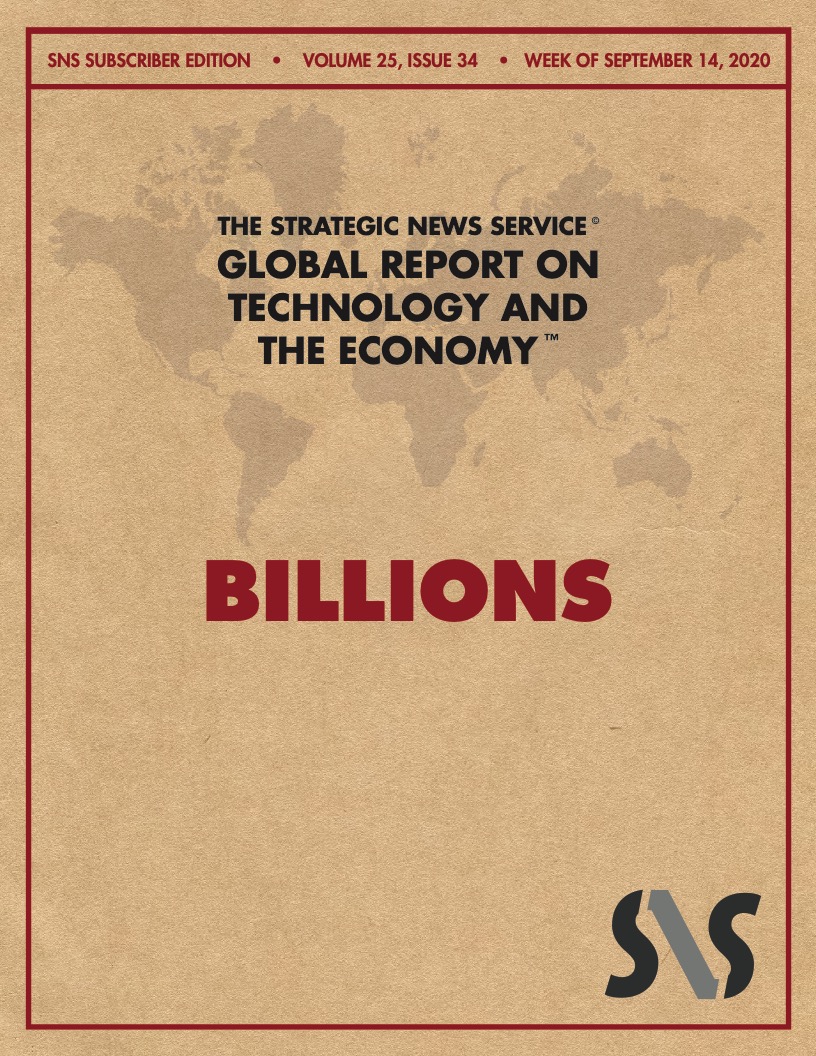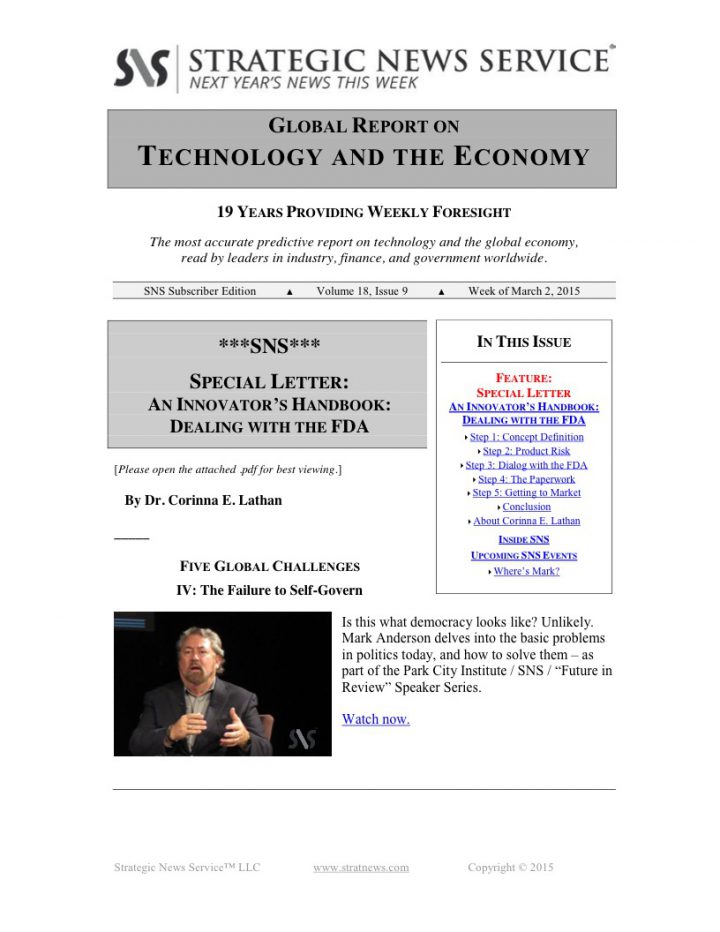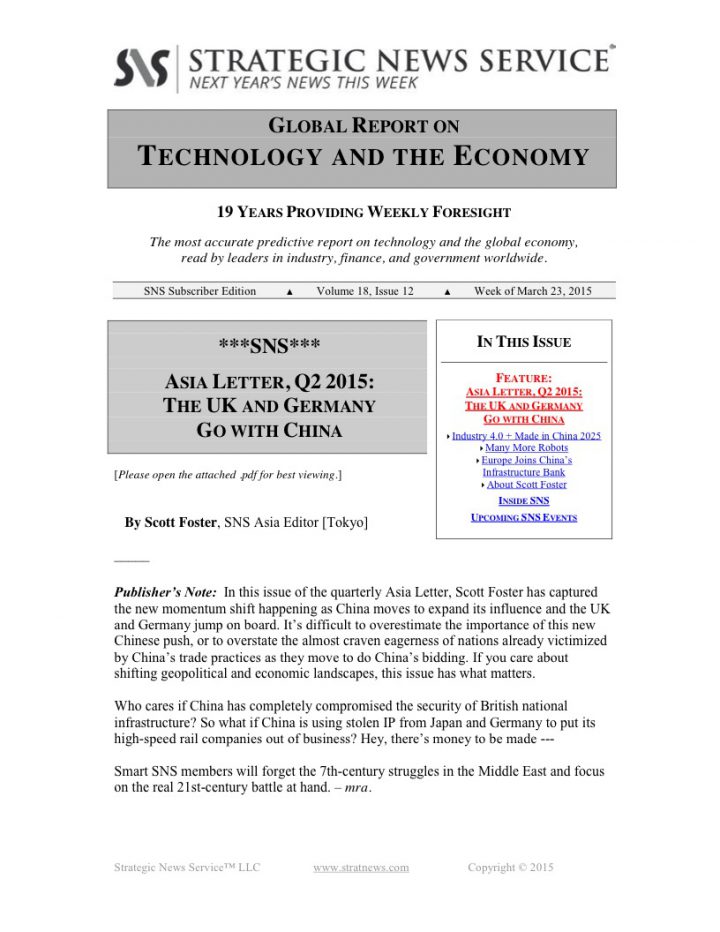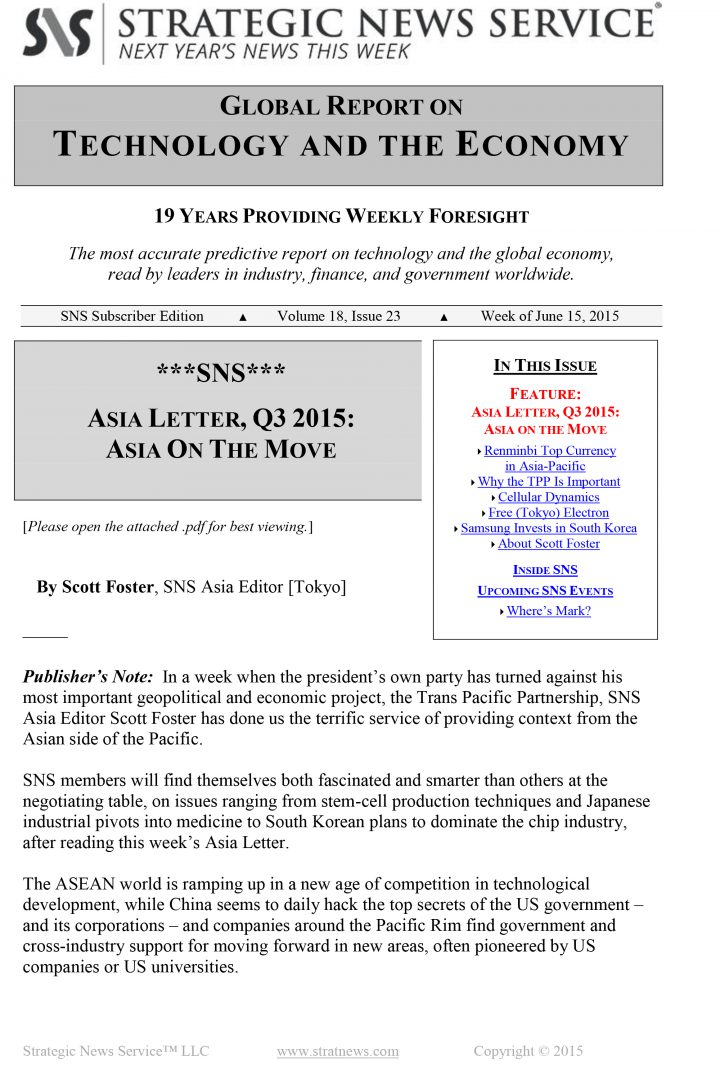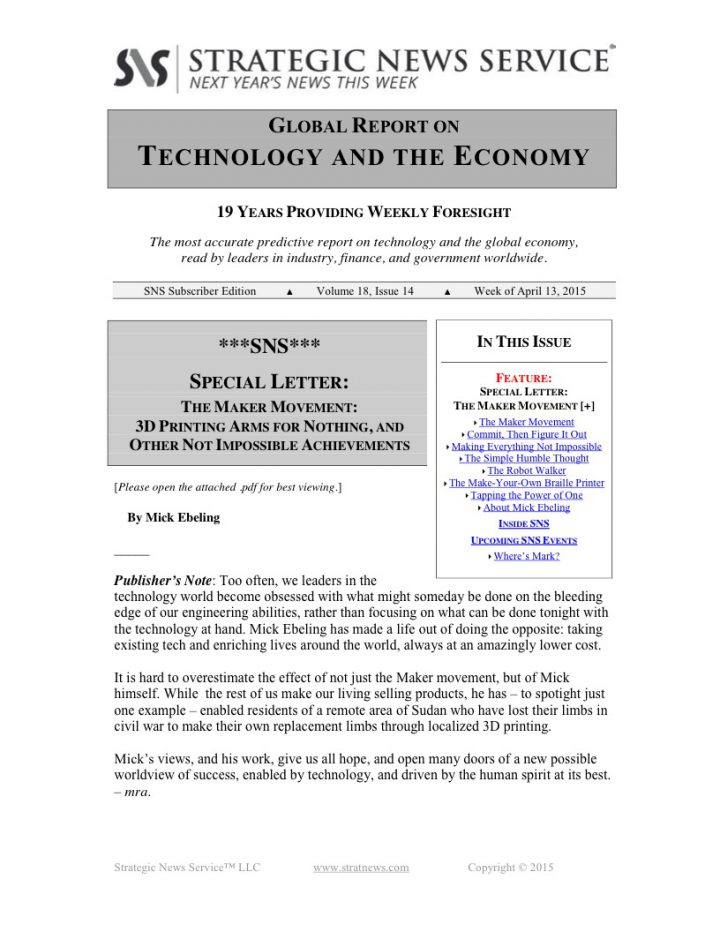In This Issue
Vol. 25 Issue 34
Billions
- On Birth Rates
- On Death Rates
- The New Future
- 9 and Decline
—
As we continue our march into the Anthropocene, much has been made of the idea that overpopulation will be one of the key issues of the coming century. The United Nations offers a medium scenario indicating that the world by 2100 will have nearly 11 billion people. Given current rising rates of consumption and the environmental issues we already face, this is a daunting proposition. Such numbers could hardly be sustainable without some sort of explosion in technological efficiency, and even then the project of innovating our way to sustainability at 11 billion would be one for the ages.
The danger, however, is exaggerated.
One of the most important missing aspects of our population modeling to-date is a Malthusian failure to account for variable change. (For a fun bit on the math of variable change, see this clip from the film 21.) For either input to population (births or deaths), and for the only real inputs relevant to sustainability (consumption per capita vs. resource stocks), variable change is the most critical factor in understanding the future of both our population and its sustainability.
If we break this down category by category, we begin to see the holes in run-of-the-mill population models and the stories they generate in our collective consciousness (dystopian hellhole with 20 trillion-floor skyscrapers, anyone?), and a different kind of possibility emerges. The possible future we’re looking into today is, thankfully, a hopeful one.
We could all use a little of that.
…
SKU: SNS-2020-09-16 - Need Help? Contact Us Leave Feedback
Categories: 2020 Issues, Back Issues
Tag: PDF Download

